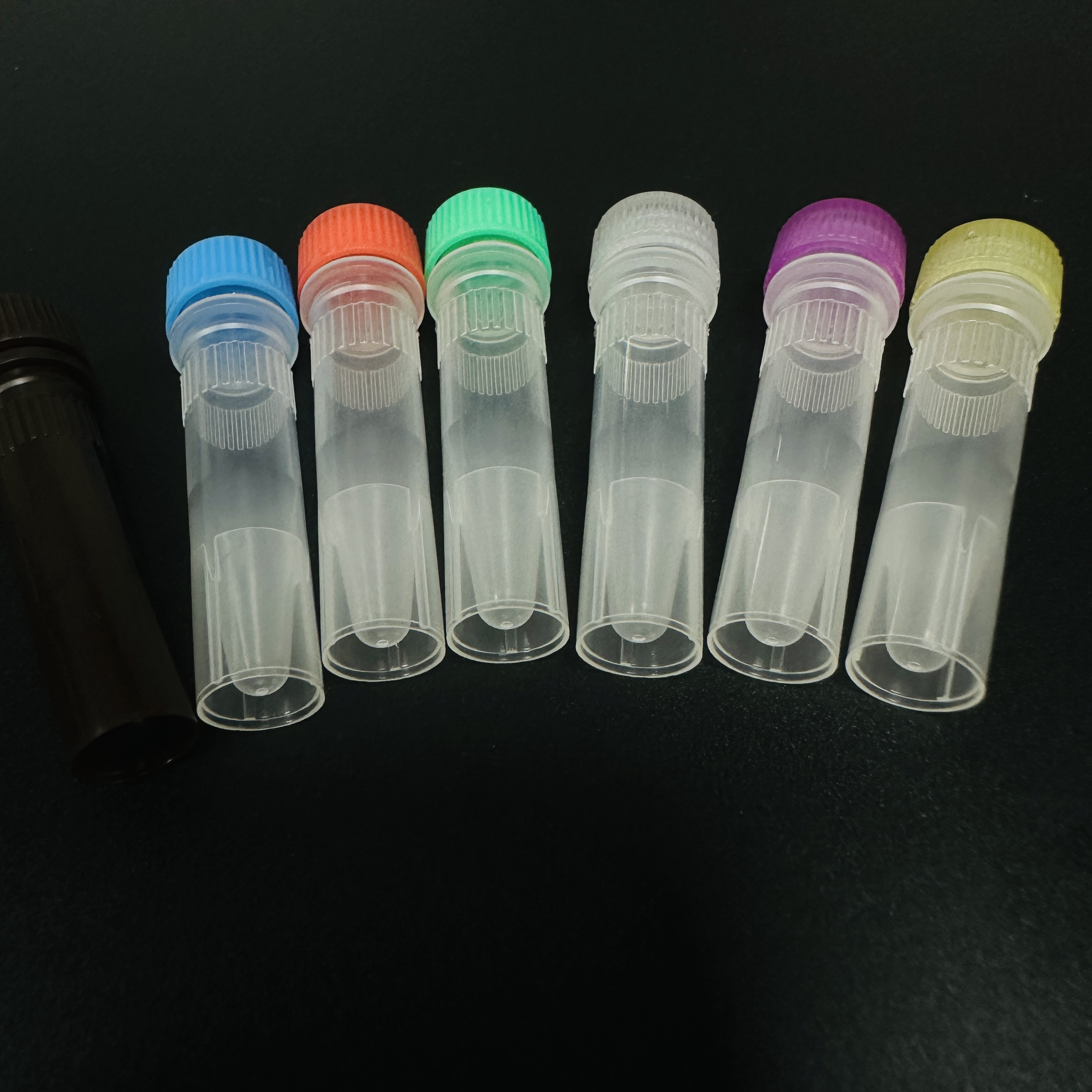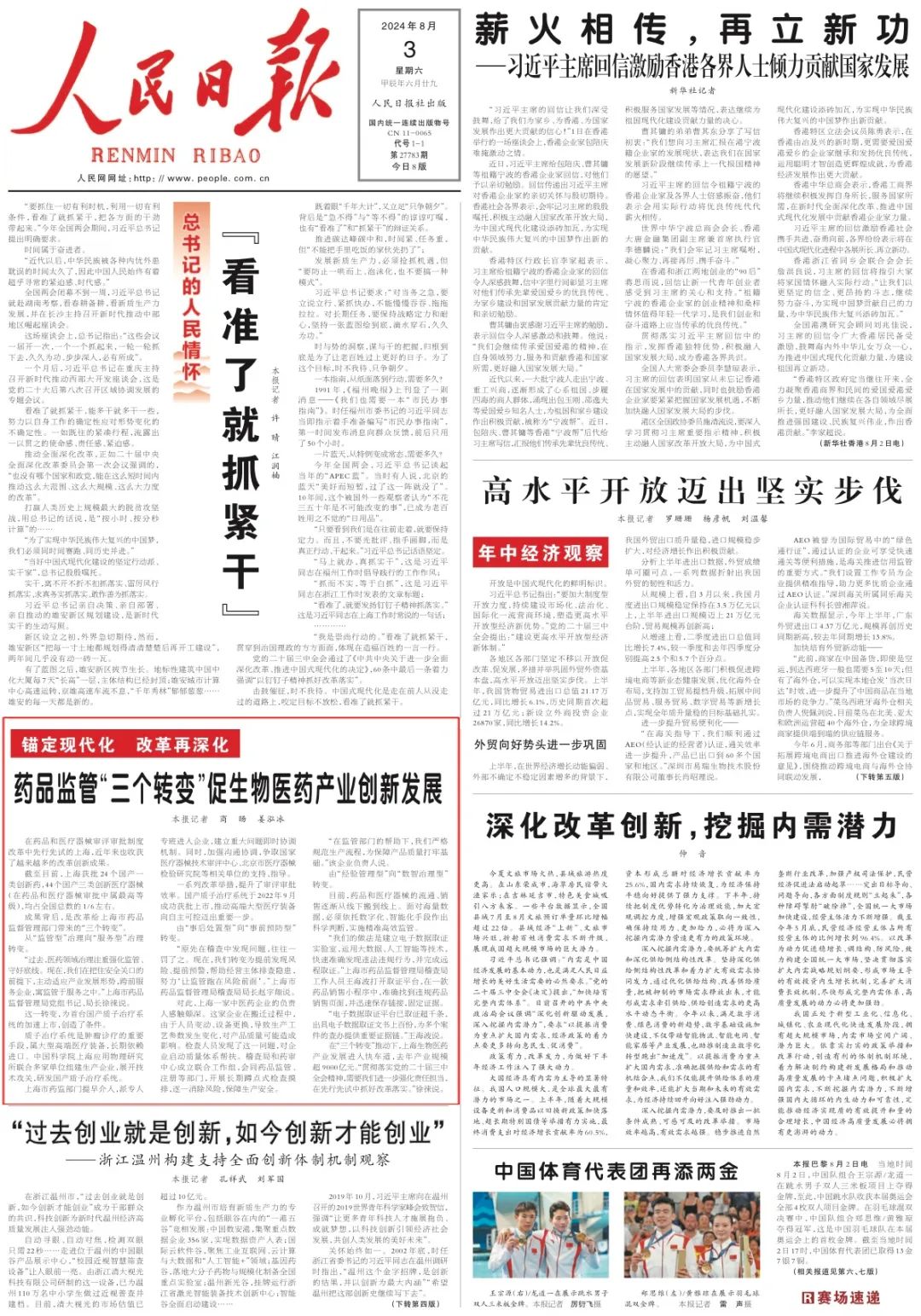1. Blow molding raw materials
Plastic varieties used for hollow blow molding include polyethylene, polyvinyl chloride, polypropylene, polystyrene, linear polyester, polycarbonate, polyamide, cellulose acetate and polyacetal resin.
High-density polyethylene is the first to be consumed and is widely used in food, chemical and liquid handling packaging. High molecular weight polyethylene is suitable for the manufacture of large fuel mortar tanks and barrels, etc. Because pvc has good transparency and airtightness, it is widely used in the packaging of cosmetics and detergents. With the development of non-toxic PVC resins and additives, as well as the development of stretch blow molding technology, the use of PVC containers in food packaging has increased rapidly, and has begun to be used in beer and other beverages containing carbon dioxide gas.
Linear polyester material is a new type of material that has entered the field of hollow blow molding in recent years. Because its products have the advantages of glossy appearance, excellent transparency, high mechanical strength and good preservation of the contents of the container, and do not pollute the environment when the waste is incinerated, it has developed rapidly in packaging bottles, especially in the most widely used in pressure-resistant plastic food containers.
Due to the modification of resins and the advancement of processing technology, the use of polypropylene is also increasing year by year.
2.the process classification and characteristics
Extrusion-blow molding: the production method is simple, the output is high, the precision is low, and there are many applications
Injection- blow molding: high precision, good quality, high price, suitable for large batch products.
Stretch blow molding: The product is stretched, high strength, good air tightness.
Including extrusion - stretch - blow molding (referred to as extrusion - pull - blow)
Injection-stretching-blow molding (referred to as injection-pull-blowing) two methods.
3.the influencing factors
(1) Blowing pressure
In blow molding, compressed air has two functions, one is to make the tube blank expand and close to the mold cavity wall, forming the desired shape; The second is to play a cooling role.
According to the different plastic varieties and blank temperature, the air pressure is also different, generally controlled between 0.2-0.7 MPa, the most suitable is to make the product in the shape after molding, pattern and other clear pressure.
For those with low viscosity and easy deformation, take a lower value; Higher values are taken for plastics with higher viscosity and modulus; Large volume and thin-walled products should use higher pressure; Small volume and thick-walled products use lower pressures.
(2) Inflation speed
In order to shorten the blowing time, in order to facilitate the product to obtain a more uniform thickness and a better surface, the inflation speed (the volume of air flowing through the unit time) should be as large as possible, but it should not be too large, otherwise it will have an adverse impact on the product: First, it will cause a vacuum at the air inlet, so that this part of the blank is inverted, and when the blank is completely inflated, the inverted part will form a transverse diaphragm; Secondly, the blank of the die part may be pulled off by the extremely fast air flow, resulting in scrap. For this reason, it is necessary to increase the diameter of the blowpipe or appropriately reduce the inflation speed.
(3) Blow-to-swell ratio
The ratio of the size of the product to the size of the blank is usually called the blowing ratio. When the size and weight of the blank are fixed, the larger the size of the product, the greater the blowing ratio of the blank. According to the variety and nature of the plastic, the shape and size of the product, and the size of the blank, the size of the blowing ratio is determined. Usually the blowing ratio is controlled at 2 or 4 times.
(4) Mold temperature and cooling time
In order to ensure the quality of the product, the temperature of the mold should be evenly distributed, and the mold temperature should generally be maintained at 20-50 ° C. The mold temperature is too low, which will reduce the extensibility of the plastic at the clamp, it is not easy to inflate, and the product is thickened in this part, while the molding is difficult, and the contour and pattern of the product are not clear. The mold temperature is too high, the cooling time is prolonged, and the production cycle is longer. The product is deformed and the shrinkage increases.
The level of mold temperature depends on the variety of plastic, when the glassing temperature of plastic is high, a higher mold temperature can be used; Conversely, reduce the mold temperature as much as possible.
Usually, as the wall thickness of the product increases, the cooling time is extended. Sometimes in addition to cooling the mold, the molded product can also be cooled internally, that is, a variety of cooling media (such as liquid nitrogen, carbon dioxide, etc.) is introduced into the product for direct cooling.
(6) Molding cycle
The blow molding cycle includes extrusion blanks, interception blanks, clamping, blowing, cooling, degassing, opening horizontal, removing products (and subsequent trimming, matching, packaging and other processes).









